Enter an Indian kitchen and you can’t miss it – the good old Chakla Belan. It is an indispensable part of the Indian kitchen and no Indian meal can do without a stack of nice and soft rotis. And what better to prepare them without the strong presence of a chakla and belan stacked up in the corner or sitting happily on a stand. While some of the cooking shows have made a trend out of rolling the dough on the kitchen platform, good old hygiene sense says that this is not a very good practice. It can become quite a challenge to clean the rig, isn’t it?
Also Read - How to Best Use Your Rolling Pin (Belan)
Types of Chaklas in the Market
An ideal chakla should have a smooth surface without any scratches and easy to maintain with a simple wash and wipe. It is also necessary to ensure that the material of the chakla is suitable for the weather it is being used in. You also get chaklas of various heights – some with a raised platform and some others with very less elevation.
Other than that, it is always nice to have a pretty chakla enhance the aura of the kitchen. Every different material that a chakla is made of has its own advantages and disadvantages:
-
Marble: A smooth white marble is a very popular choice for a chakla. Although, it is necessary to ensure that the surface of the chakla is polished properly with no calcium chipping out. One major disadvantage of the marble chakla is that it can be heavy for some user and improper handling it can cause it to chip unevenly. For premium-quality chakla and belan made of white marble check out Ellementry.

- Wood: Another popular material for chakla, wood is perfect for a beginner. It doesn’t break easily, is light and easy to handle. However, it is very important to keep the wooden surface of the chakla completely dry, because its organic nature is likely to attract mould and rot. Ill-maintained chaklas are known to get spoiled by rotting and therefore become useless. Check out the wooden chakla belan offered by Ellementry that will help you make those perfectly round rotis.
- Granite: Granite provides a smooth surface, doesn’t get spoiled or rotten easily and doesn’t break easily. However, the major disadvantage is that it can get pretty heavy. This means that it is important to handle it with care because one fall can cause a pretty serious personal injury.
- Glass: Another classy material used for the chakla, this is not any normal glass but toughened glass – the same type of glass as used for a glass-covered stovetop. Designed to be lightweight, many glass chaklas come with 5 legs for stability. Plus, its smooth surface allows for quick and easy cleaning.
- Silicone: The only artificial material of this list, the silicone rolling mat is the latest innovation in the kitchen equipment industry. Easily usable for both baking and Indian roti needs, this rolling mat also comes with measurements for the size of the rolled dough and other parameters. After the work is done, this mat can be thoroughly washed, wiped and cleaned to be ready for the next use.
Also Read - Top Materials Used to Make Belans
Conclusion
Cooking has evolved with time and so has the equipment, as it should. Then why should it be surprising that the chakla has evolved in design as well as utilization? While natural and organic material is always here to stay, there is always room for something new. Ellementry’s premium quality chakla-belan sets come with a stand to keep the belan on when it is not in use.










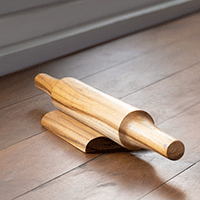


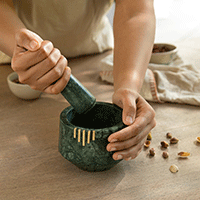



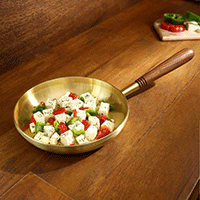














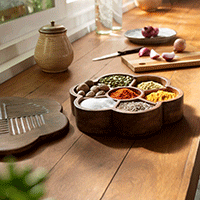






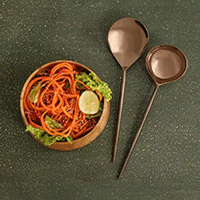







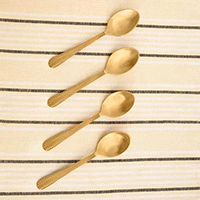

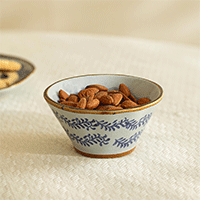


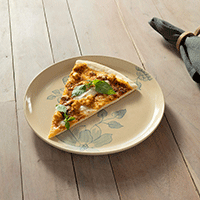





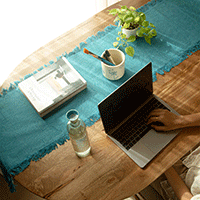























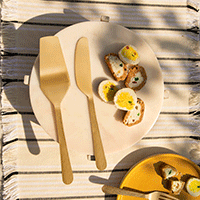
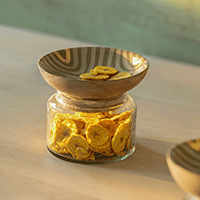






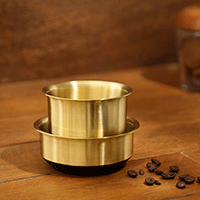




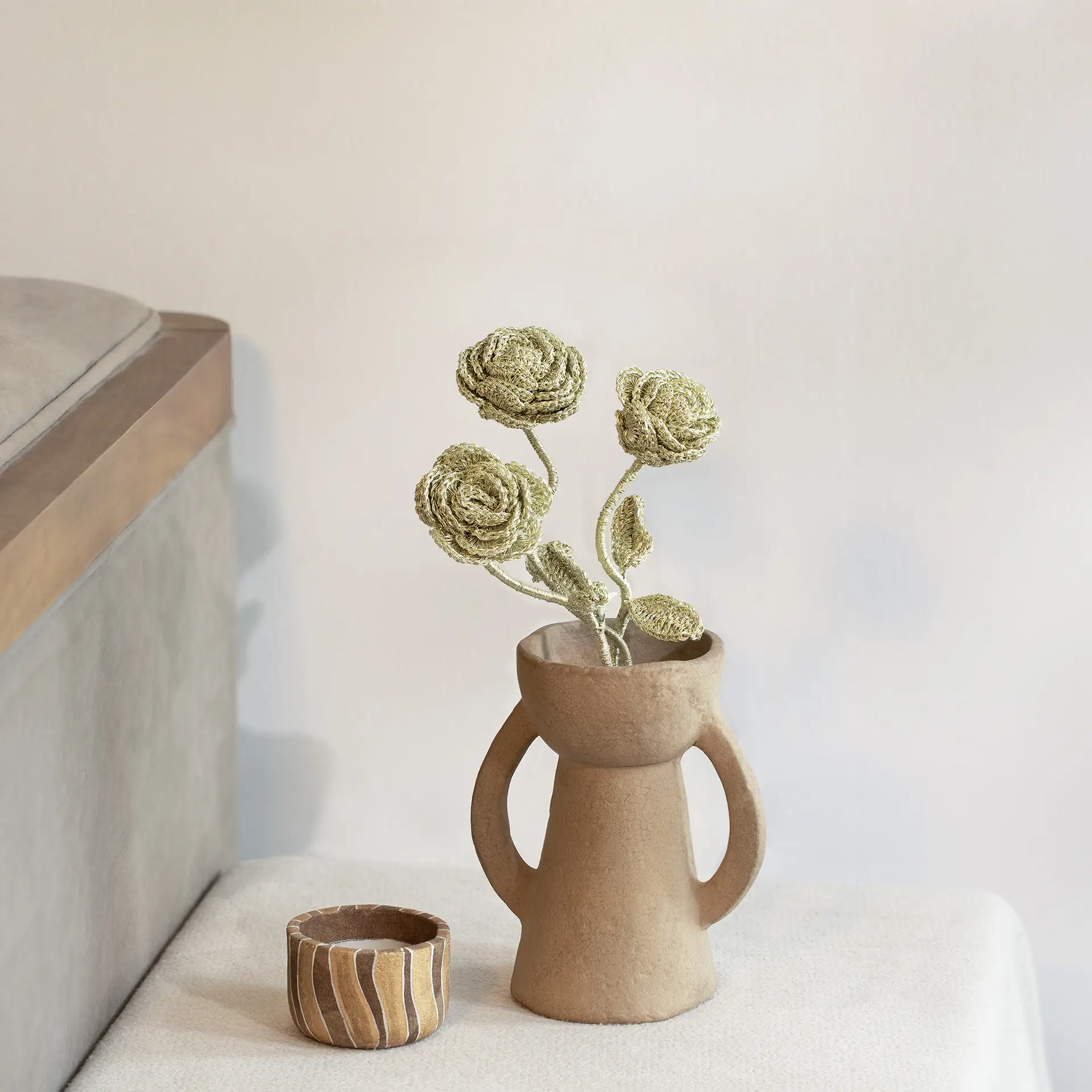








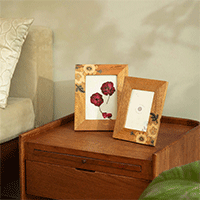













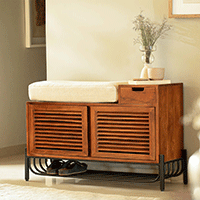
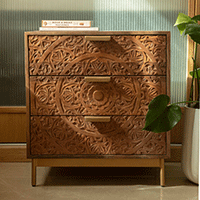

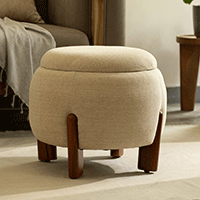










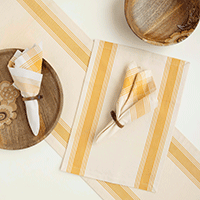





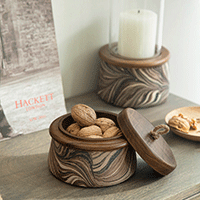




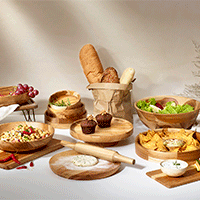
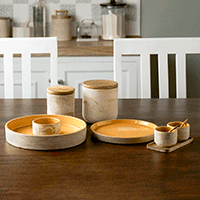

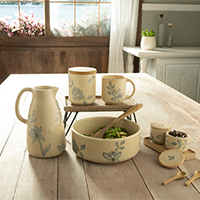




















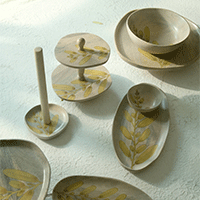

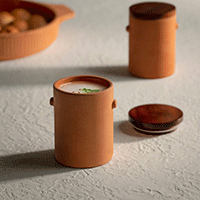



















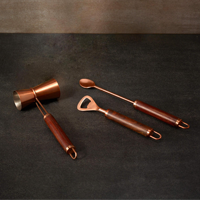














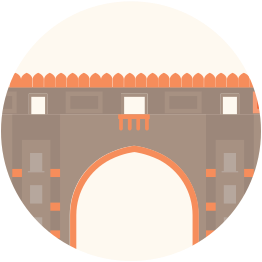





 easy returns
easy returns safe & secure
safe & secure hand crafted
hand crafted
